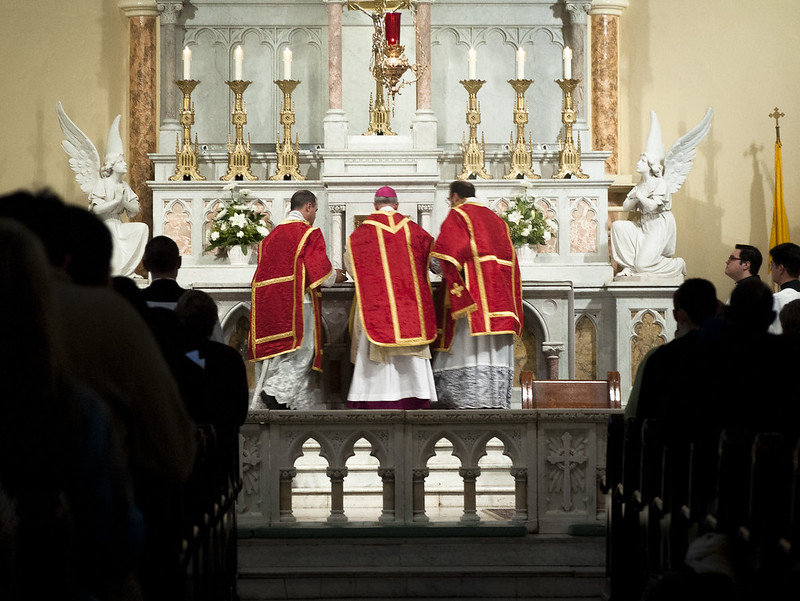In a striking collision of currents within the Catholic world, the election of Pope Leo XIV—a theologically moderate American-born pontiff—comes at a moment when Catholicism is experiencing a marked conservative resurgence across the West.
Liberals outside the Church, and some within it, welcomed Leo XIV (formerly Cardinal Robert Francis Prevost) as a “bridge builder” and political centrist. His past criticisms of President Trump and Vice President J.D. Vance only amplified this perception. But early indications suggest that any expectations for a progressive revolution in Church teaching may be misplaced.
Though he shares his predecessor Pope Francis’s compassion for migrants and the poor, Pope Leo XIV is also showing signs of alignment with longstanding Catholic doctrine on hot-button issues—opposing abortion, gender ideology, and same-sex sacramental marriage, while firmly defending the male-only priesthood.
Continuity in Doctrine, Flexibility in Pastoral Outreach
Leo XIV is expected to maintain the pastoral outreach introduced under Francis, including limited blessings for same-sex couples in line with Fiducia Supplicans—while still affirming the Church’s teachings on sexuality and family. His nuanced balance mirrors Francis’s insistence that welcoming individuals must never equate to promoting ideologies contrary to Church doctrine.
As Francis once warned: “It is one thing for a person with homosexual tendencies to be welcomed in the Church; it is another thing to promote gender ideology.” Leo XIV appears ready to walk that same tightrope.
Catholicism’s Conservative Renaissance
This centrist papacy arrives at a time when Catholicism—particularly in the West—is becoming more traditional. While mainline Protestant denominations liberalize, ordain LGBTQ+ clergy, and even remove crosses to avoid offense, the Catholic Church’s relative doctrinal stability is drawing converts.
Surging interest in the Traditional Latin Mass (TLM) is emblematic of this trend. Between 2019 and 2021, TLM attendance rose by 34%, with new converts and young adults flocking to parishes offering the centuries-old liturgy. Conservative belief among these attendees is near-total: 98% affirm belief in the Real Presence, and 85% oppose abortion in all cases.
In 2025, dioceses across the U.S. reported record Easter Vigil baptisms. The Archdiocese of Los Angeles alone welcomed over 5,500 new Catholics—the highest in a decade.
Cultural Countercurrent: From California to Kosovo
As Protestant church attendance declines in the U.S. and Europe, Catholicism is thriving in unexpected places. From Austria to Sweden, adult baptisms are rising sharply. In Kosovo, the Church reports an 85% increase. Analysts link this to widespread disillusionment with secularism and the moral confusion of progressive theology.
The rising generation of young Catholic women—including online personalities and political staffers—are boldly blending pro-life, pro-family Catholic values with unapologetic support for Donald Trump. Influencers like Isabel Brown and Jayme Franklin are spearheading this rebrand of Catholic conservatism for a new generation.
The Crossroads of Catholicism
The death of Pope Francis and the election of Pope Leo XIV mark a pivotal moment. Will the Church lean into modern cultural dialogue, or strengthen its timeless moral identity?
The answer may not be binary. If early signs hold, Pope Leo XIV could act as a stabilizing presence between two poles: a Rome unwilling to forsake doctrine, and a global laity increasingly craving clarity, tradition, and truth.

